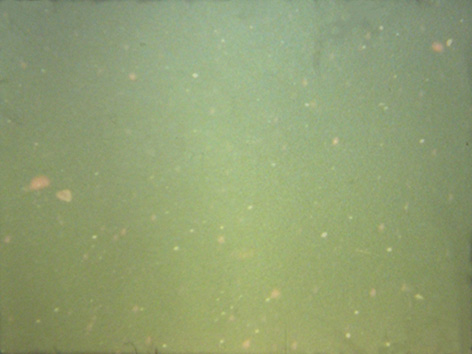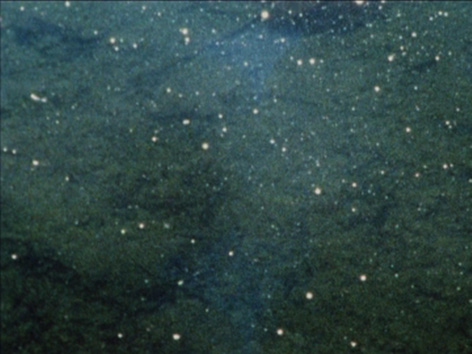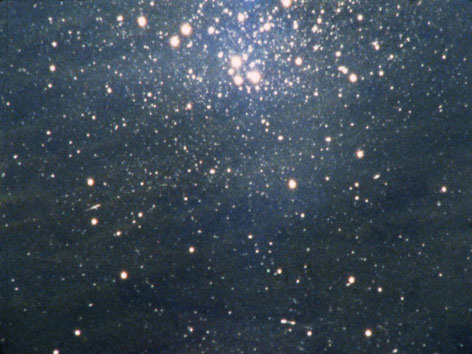Super8 film transferred to 16mm. Color. No sound.
4 min. 5 sec. Ed. 3 +1 A.P.
Flow shows four different type of shots. Stagnant waters, light reflections on water, light reflections on the camera lens and tonal light transitions at dawn compressed in time. The different images flow smoothly in a sort of continuous light stream, that gradually darkens and lightens up, with fade ins and outs. The whole film is a succession of light and color changes found in nature, modified with optical and camera effects so that we get an altered perception: that of an endless space consecutively contracting and expanding, seemingly even out of the projection frame. The film starts with various high-angle shots of stagnant water from ponds, tanks and fountains showing diverse particles suspended on the surface or deposited in the background. This vision resembles a microscopic sample partly because of the lack of scale references and perspective. Under and overexposure is used to create an optical transition. The next sequence shows the glittering reflections of light on the surface of moving water. The vision of the formless multiple reflections glittering and moving with the water waves causes after a few seconds a sense of image instability, some sort of hypnotism. The sequence ends again with a gradual overexposure up to bleached, that connects with the next shots, those in which the camera is pointing directly at the sun or leaving it just outside the frame, to capture the effects of the reflection from the very bright light source on the camera lens, the so-called flares, making several starburst, rings, or circles appear in the image that move along with the cameras movement. The film ends with two registrations of light gradation, the first one a time-lapse sequence as it happened at dawn, and the second a quick reversed gradation from light to darkness, at noon.



